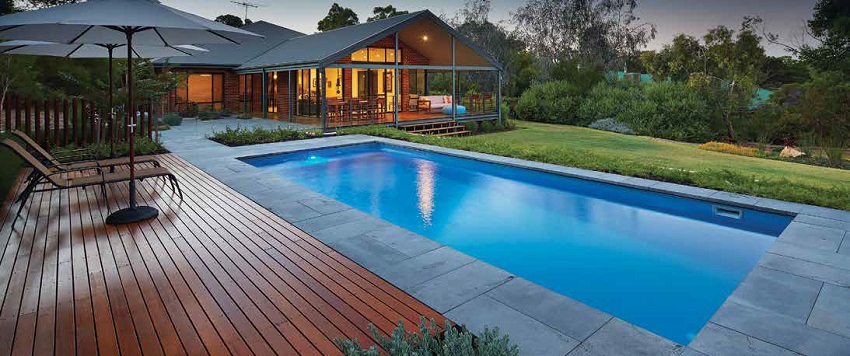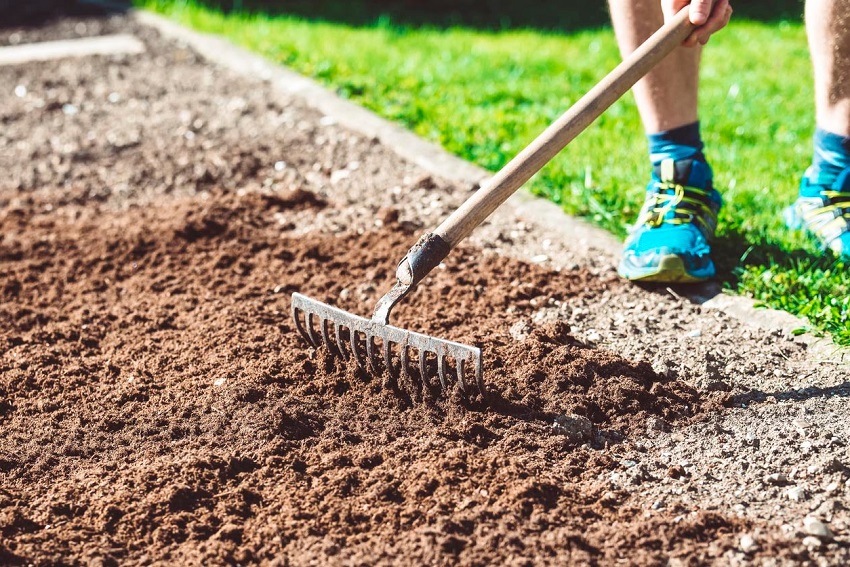When it comes to installing a pool, one of the crucial steps is leveling the ground properly. A level surface not only ensures the structural stability of the pool but also contributes to its longevity. However, leveling the ground for a pool can be a daunting task if you need the right knowledge and tools. In this article, we will explore the cheapest way to level ground for pool, allowing you to create a stable and enjoyable swimming environment in your backyard.
Why leveling ground is important for a pool
Leveling the ground is important for a pool for several reasons. Firstly, it ensures that the weight of the pool is evenly distributed, minimizing the risk of structural damage. Secondly, a level surface helps proper water circulation within the pool, preventing potential imbalances. Lastly, it enhances the pool area’s overall aesthetic appeal and usability.
Factors to consider before leveling ground
Before you start leveling the ground for your pool, it’s crucial to consider a few factors that can impact the process:
Soil type and drainage: Understanding your backyard’s soil composition and drainage characteristics is essential. Different soil types require different approaches to achieve optimal leveling.
Slope and elevation: If your backyard has a significant slope or elevation, it can affect the leveling process. You may need to take additional measures, such as terracing or retaining walls.
Underground utilities: Before digging or excavating, it’s important to locate and mark any underground utilities, such as cables, pipes, or septic systems, to avoid damage.
Tools and materials needed for leveling ground
To level the ground for a pool, you will require the following tools and materials:
- Shovel or excavator: Depending on the size of the project, you can use a shovel or rent a mini excavator for efficient excavation.
- Leveling equipment: A long, straight leveling board or laser level will help ensure a smooth surface.
- Soil compactor: A compactor or tamper is necessary to compact the soil after leveling, ensuring stability and preventing future settling.
Steps to level the ground for a pool
Here are the step-by-step instructions to level the ground for your pool:
a. Clearing the area
Start by removing any obstacles from the pool area, such as rocks, roots, or debris. This will create a clean and clear space for leveling.
b. Marking the pool area
Using stakes and strings, mark the boundaries of the pool area. This will provide a clear reference point throughout the leveling process.
c. Excavating the site
Dig out the soil within the marked boundaries using a shovel or mini excavator. Remove enough soil to accommodate the desired depth of the pool, plus an additional few inches for a compacted base.
d. Checking the level
Place the leveling board or use a laser level across different areas of the excavated site. Ensure that the surface is even and adjust as necessary by adding or removing soil.
e. Adjusting the ground
If you encounter any uneven areas, use additional soil to fill in the gaps. Tamp down the soil with a compactor to ensure it is compacted and stable.
f. Compacting the soil
Once the ground is leveled, use a soil compactor to compact the soil further. This will minimize settling and create a solid foundation for the pool.
The cheapest way to level ground for pool
If you are on a budget, there are several cheapest way to level ground for pool:
a. Manual leveling
Manual leveling using basic tools like shovels and rakes can be viable for smaller pool projects. Although it requires more physical effort, it can save you money on equipment rental.
b. Using a bobcat or mini excavator
Renting a bobcat or mini excavator can speed up the leveling process, especially for larger pool installations. These machines make excavation and moving soil much easier and more efficient.
c. Renting specialized equipment
You can consider renting specialized equipment like a grading blade or a soil screener if you have specific leveling requirements, such as a sloped backyard. This allows you to tackle specific challenges efficiently without the need for expensive purchases.
d. Hiring professionals
While it may involve a higher upfront cost, hiring professionals experienced in pool installations can ensure a precise and efficient leveling process. They have the expertise and equipment necessary to deliver high-quality results.
Precautions and safety measures
When leveling ground for a pool, it’s important to take certain precautions and safety measures:
- Before starting any excavation, contact the relevant utility companies to locate and mark any underground cables, pipes, or septic systems.
- Avoid over-excavation, as it can lead to additional costs and complications. Follow the recommended depth guidelines provided by the pool manufacturer.
- Consider soil stabilization techniques, such as adding a layer of compacted gravel, to improve the stability and drainage of the leveled ground.
Maintenance tips for leveled ground
To maintain the leveled ground for your pool and ensure its longevity, consider the following tips:
- Regularly inspect the ground for any signs of settling or erosion. Address these issues promptly to prevent further damage.
- Ensure proper drainage by directing water away from the pool area. Install French drains or surface drains if necessary.
- Address any erosion issues by using erosion control methods such as retaining walls, mulching, or planting ground cover plants.
Conclusion
Leveling the ground for a pool is crucial in creating a stable and enjoyable swimming environment. By considering factors such as soil type, drainage, and slope and following the steps outlined in this article, you can achieve a level surface for your pool installation. Additionally, by exploring cost-effective methods and taking necessary precautions, you can minimize expenses and ensure a safe leveling process. Remember to prioritize regular maintenance and address any issues promptly to keep your leveled ground in optimal condition.





